==================
Florida Splendors is supported by our audience. When you purchase through one of our links, we may earn a small affiliate commission. As an Amazon Associate I earn from qualifying purchases. Your cost is not affected.
Welcome to a remarkable journey into the heart of Florida’s untamed wilderness, where lush landscapes and vibrant ecosystems set the stage for the intriguing world of wild monkeys. In this exploration, one will unravel the captivating stories of these primates, tracing their unconventional origins and their remarkable ability to thrive in the Sunshine State’s subtropical climate.
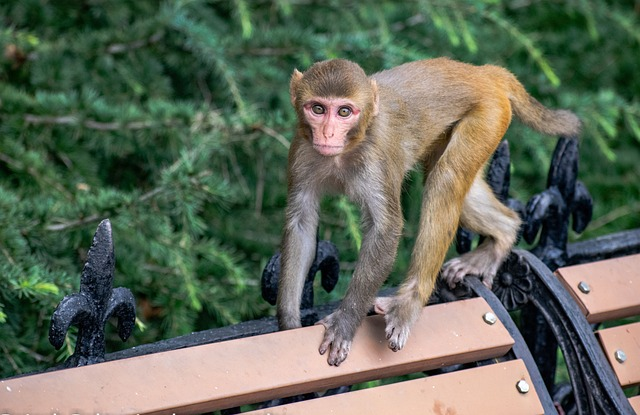
Wild Monkeys in Florida have quite an interesting backstory, and it’s a mix of history and human actions that brought them to the Sunshine State. Here’s how it all happened:
Monkey Business for Tourist Fun
In the mid-20th century, many private wildlife attractions and tourist spots throughout the United States, including Florida, decided to spice up their offerings by importing exotic animals, monkeys included. These monkeys often found themselves in captivity and became part of entertaining shows and displays.
Unfortunately, not all of these places were well-regulated, and now and then, some monkeys would run for it, escaping or being released into the wild.
Nature’s Wrath and Monkey Escapes
Mother Nature can sometimes get wild with hurricanes and other extreme weather. When these natural disasters hit, they can wreck the enclosures at wildlife attractions, allowing animals to break free and venture into the surrounding environment. Over the years, there have been instances of monkeys escaping from Florida’s wildlife attractions due to hurricane damage, and this might have contributed to the wild monkey populations we see today.
Monkeying Around with Intentional Releases
In some cases, folks or organizations decided to set captive monkeys free intentionally. This could be due to changes in ownership, financial difficulties faced by these wildlife attractions, or simply because they thought the monkeys would be better off in the wild.
Monkey Family Growth
Once out in the wild, these monkeys, if they found the right kind of habitat, started doing what comes naturally – making more monkeys. Florida’s subtropical climate and diverse ecosystems provided a reasonably comfy home for some monkey species, allowing them to thrive.
These wild monkey populations grew and adapted to their new surroundings as time passed. This caused concerns for local ecosystems and agriculture in some cases as these monkeys explored their territory.
So, in a nutshell, Florida’s wild monkey population is a result of a mix of historical happenings and human decisions, with a touch of natural monkey business thrown in.
Is Florida an Ideal Habitat for Monkeys?
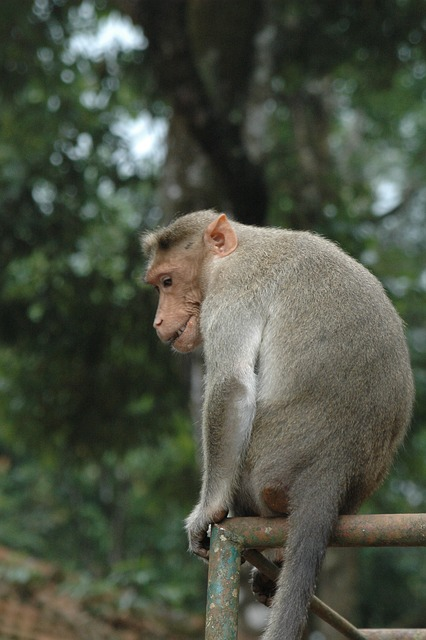
Monkeys naturally come from tropical and subtropical regions; interestingly, Florida boasts a subtropical climate. This climate similarity works well for some monkey species, like rhesus macaques and vervet monkeys, as it closely resembles their native habitats.
Monkeys have a remarkable ability to adjust their diet according to what’s available in their surroundings. For instance, those living in areas abundant with fruit will eat more fruit, while those in regions with less fruit might rely more on leaves and will eat insects. This adaptability regarding food and environment is one of the key factors behind monkeys’ success in various habitats. You can find them in tropical rainforests, arid deserts, lofty mountains, and even bustling urban areas.
Furthermore, Florida offers diverse habitats that can sustain these monkey populations, including forests, swamps, and urban spaces. Monkeys are incredibly adaptable creatures, capable of learning to survive in various environments, which has likely contributed to their presence in the Sunshine State.
Monkey Species Found in Florida
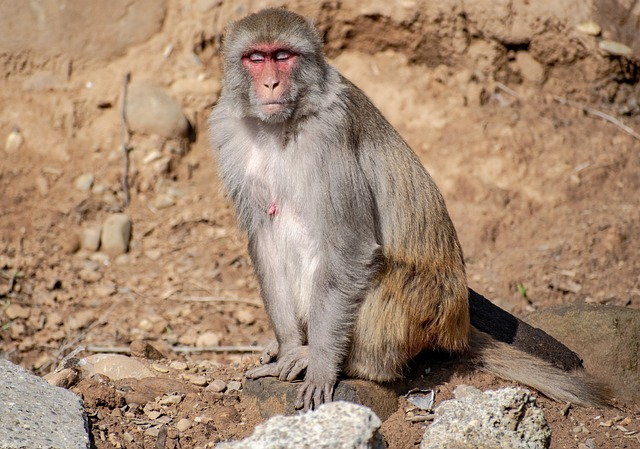
Florida has diverse monkey species, each with a unique charm. Here are the monkey species that can be found in Florida.
Rhesus Macaques
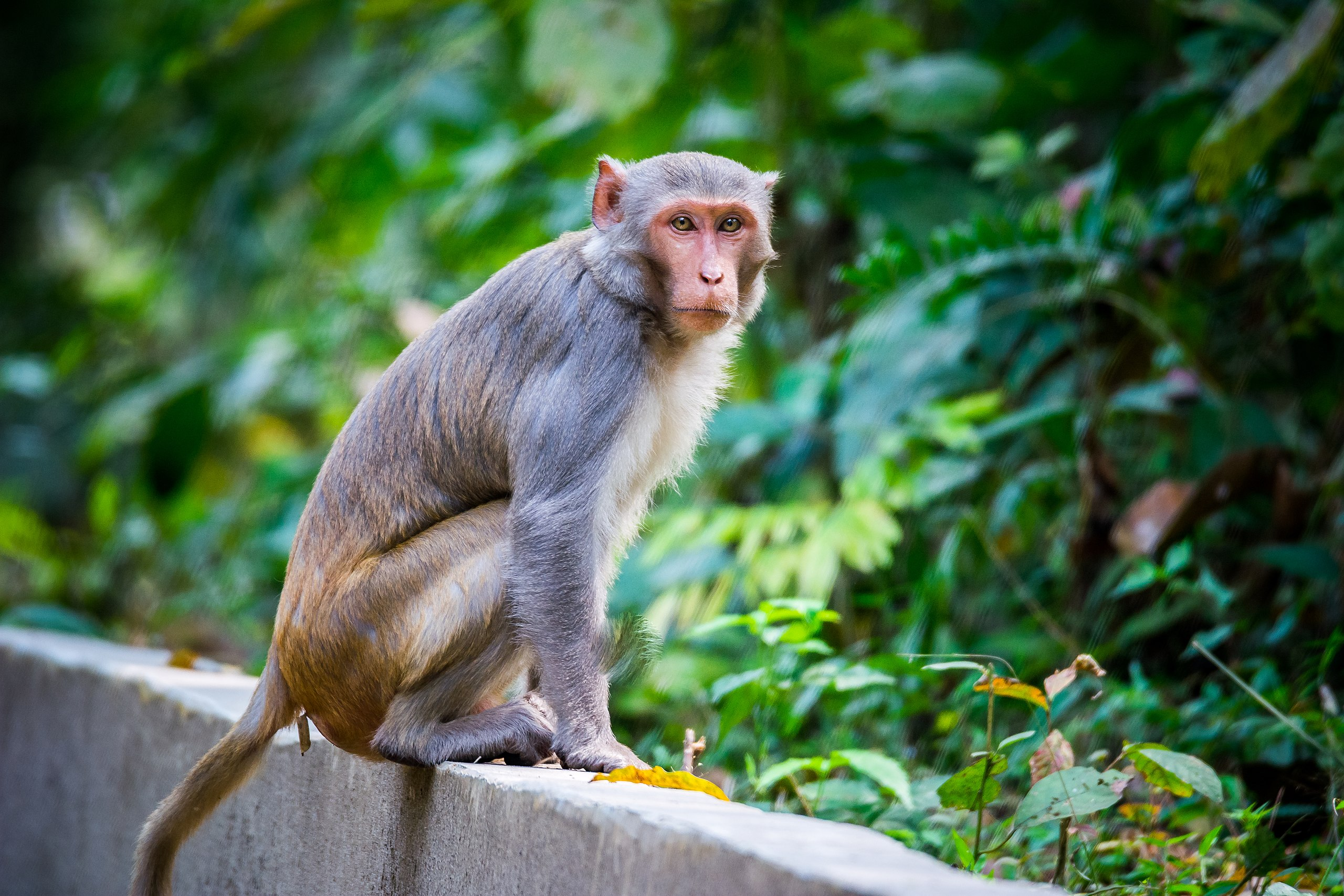
Photo By: Wikimedia Commons
Rhesus Macaques dominate the monkey scene in Florida, and they’re quite the widespread bunch. You can find these monkeys in places like the Silver River, Ocala National Forest, and Miami. They’re roughly the size of a small dog, sporting brown fur and a light-colored face. But what sets them apart is their smarts and knack for socializing.
The biggest rhesus macaque crowds hang out in Silver Springs State Park, and their arrival has an interesting backstory. Back in the 1930s, a savvy glass-bottom boat driver had an idea to boost tourism in the area, so he released six rhesus macaques monkeys into the park. Then, in the 1940s, he did it again with another six. While he initially let them loose on one island, these monkeys are no strangers to swimming, so they quickly spread out.
Rhesus macaques aren’t native species to Florida; they’re originally from places stretching from Afghanistan to the Eastern Coast of China. But they’re like the ultimate adaptability champs, capable of thriving in various environments and weather conditions.
Rhesus monkeys are also pros at coexisting with people, whether in the bustling city or the quiet countryside. In some parts of the world, they’re even considered sacred, while in others, they’re kept as farm pets, occasionally taking a detour to snack on crop fields. Wildlife Conservation Commission acknowledges these wild macaques as a recognized species within the Sunshine State.
Vervet Monkeys
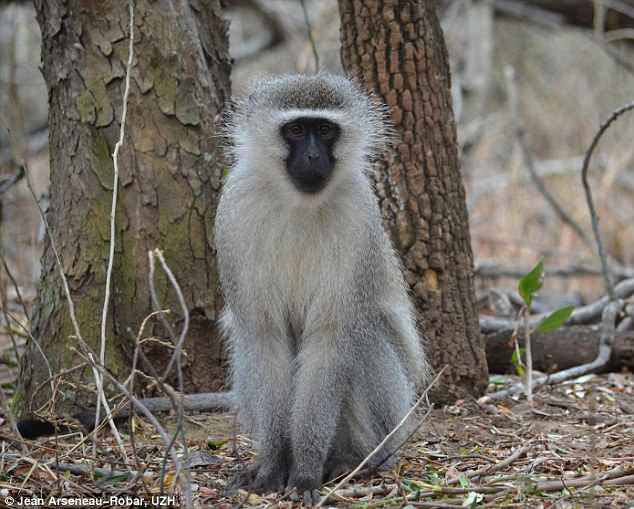
Photo By: Daily Mail
You’ll come across the lively and smaller vervet monkeys in the sunny Dania Beach area of Florida. These little vervet stand out with their grizzled grey fur and distinctive black faces. They’re known for being quite the chatterboxes, using loud calls to chat it up with their buddies. When it comes to size, they measure around 16-24 inches tall, sporting a tail that’s 12-20 inches long. These cheeky monkeys tip the scales at about 7-11 pounds. Interestingly, while their roots trace back to Africa, spanning from Senegal to Ethiopia and down to South Africa, they’ve found a home in Florida, particularly in Broward County near Dania, where you can spot two troops comprising over 120 monkeys.
What makes these monkeys unique is their preference for open spaces rather than dense forests, which makes the flat swamps of South Florida an ideal place for them to live. As for their menu, it’s a mix of insects, fruits, plants, and the occasional small birds, bird eggs, or small mammals.
Now, here’s an interesting twist: vervet monkeys don’t follow the usual alpha male hierarchy. Instead, you’ll find multiple males within a single troop. They tend to stick to smaller groups and are quite unbothered by the presence of humans. And in the eyes of the Florida Fish and Wildlife Conservation Commission, they’ve earned their “established species” status in the Sunshine State.
Common Squirrel Monkeys
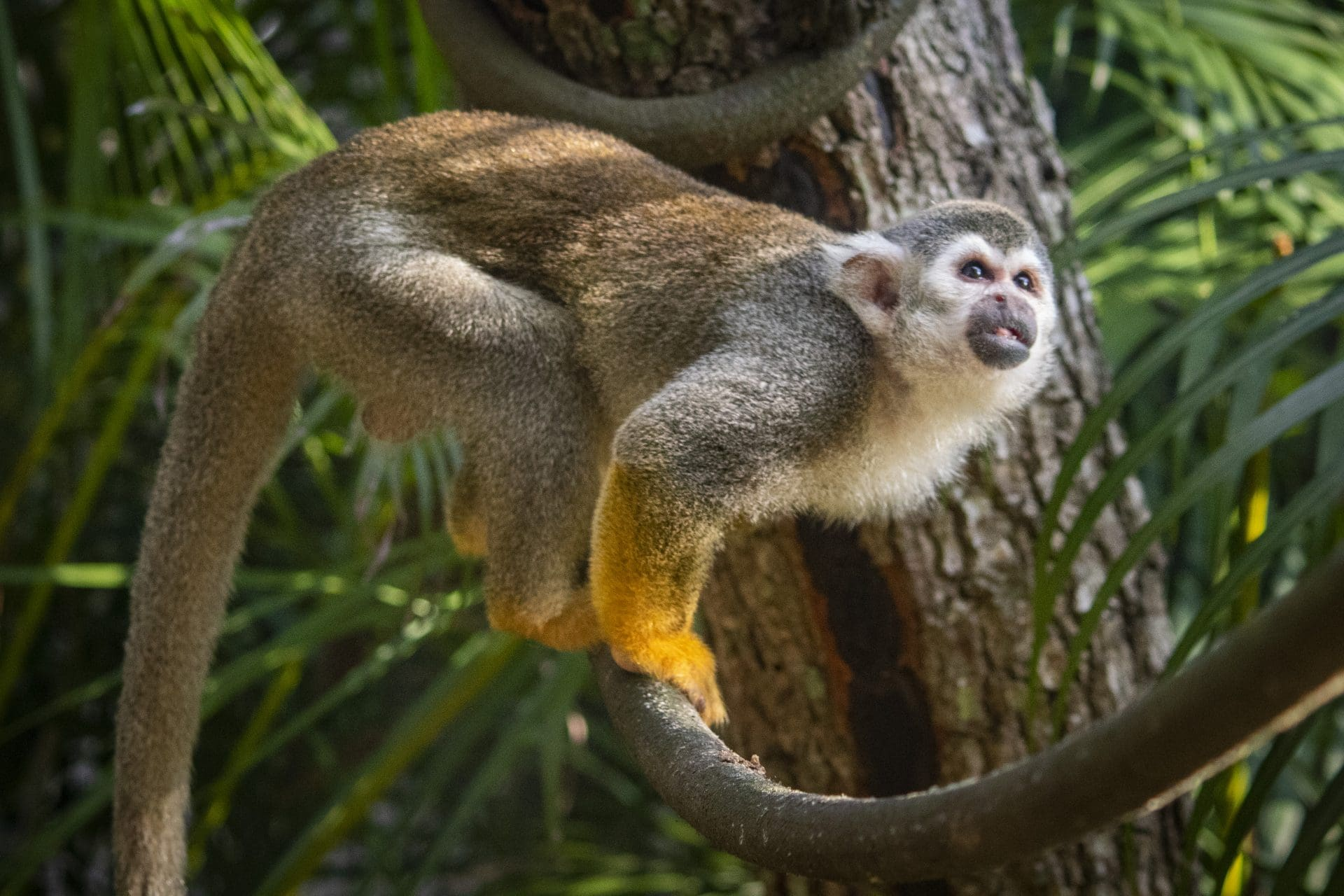
Photo By: Brevard Zoo
While common squirrel monkeys have made sporadic appearances in Florida, they have yet to settle down here. Squirrel monkeys are roughly the size of a house cat and sport gray fur with a white belly. What sets them apart? They’re like the acrobats of the monkey world, boasting long tails, a body shape reminiscent of squirrels, and a furry face with black mouths and eyes. A typical squirrel monkey measures around a foot in body length, with a tail stretching to about 16 inches. Plus, those bright yellow legs make them quite distinctive among their smaller monkey cousins.
But here’s the sad part: according to the Florida Fish and Wildlife Conservation Commission, these monkeys are now considered “extirpated” in Florida. This means they’ve vanished from the state, their population has been wiped out, or they no longer exist in an organized and established manner within the region.
This extirpation is a significant loss to Florida’s biodiversity. These monkeys played a crucial role in wildlife ecology, helping disperse seeds and pollinating plants.
There are still populations of common squirrel monkeys living in other parts of the world. So, they could be reintroduced to Florida, potentially restoring a piece of the state’s natural diversity.
Crab-eating Macaque
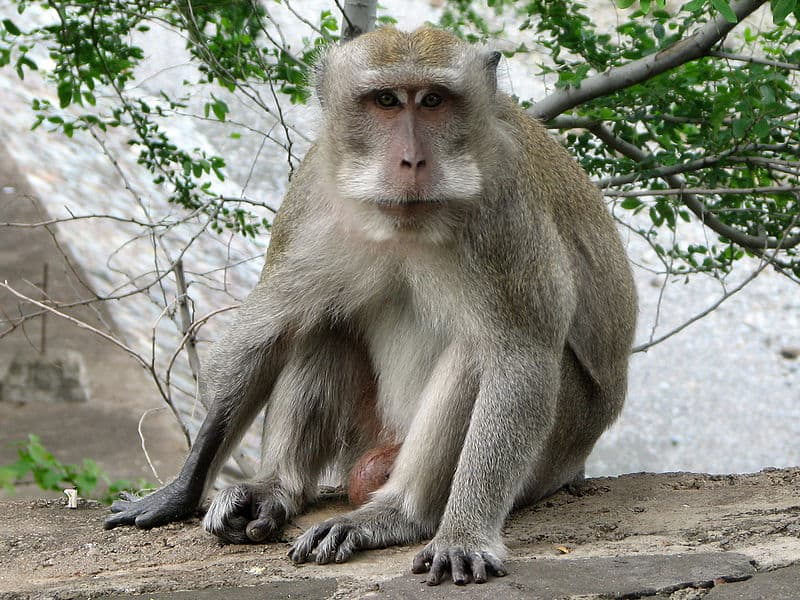
Photo By: AZ Animals
These monkeys are larger than rhesus macaques and come dressed in brown fur with a light-colored face. Despite their name, crab-eating macaques feast on something other than crabs as their main meal. Instead, they’re big fans of fruit and seeds. They’re omnivorous and won’t say no to insects, small critters, or bird eggs. While they have a knack for devouring crabs and other shellfish, it’s not their go-to grub. These monkeys call Southeast Asia their native home, and they’re quite versatile when it comes to habitats, setting up camp in forests, mangroves, and even along the beaches.
They’re a friendly bunch, living in groups of up to 30. Unlike the other monkey species we’ve discussed, crab-eating macaques didn’t establish long-term populations in Florida. The wild specimens you might have heard of were typically small groups of escapees from places like Monkey Jungle in Miami. However, it’s crucial to note that all these monkeys are considered invasive in Florida. They aren’t native to the state and can harm local wildlife.
Owning or releasing these monkeys into the wild is illegal. If you happen to come across a monkey in Florida, it’s essential to report it to the Wildlife management. They can assess the situation, take necessary steps to protect the state’s ecosystem, including population control measures for breeding populations, and remove the monkey if required.
Do Monkeys Carry Diseases?
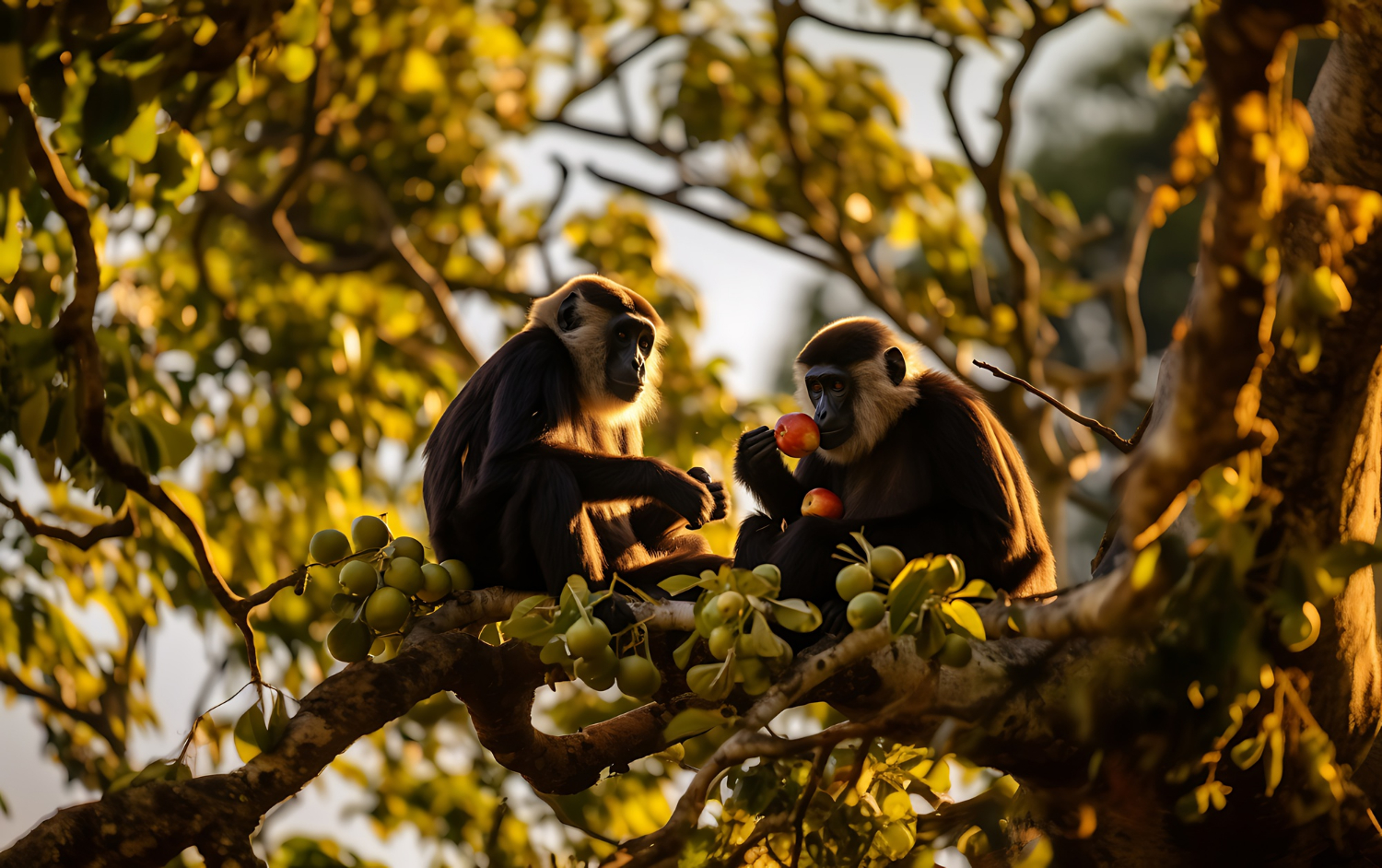
Monkeys in Florida can potentially carry diseases that can pose risks to humans. Among these diseases, the most severe is the herpes virus. Herpes B virus, also known as B virus or Macacine herpesvirus 1, is primarily found in monkeys. It’s a highly serious virus that can prove fatal for humans if left untreated.
This herpes B virus spreads through contact with an infected monkey’s saliva and urine or via bites and scratches. Contaminated surfaces can also be a source of transmission. Once it infiltrates the body, the virus can journey to the brain and central nervous system, leading to various symptoms such as fever, headache, a stiff neck, and even seizures. In severe cases, herpes B can trigger encephalitis, which is brain inflammation and can result in fatality.
Sadly, there isn’t a specific cure for herpes B virus infection. Treatment primarily centers on symptom management and may include medications to alleviate discomfort. Nevertheless, in certain cases, the virus can lead to a fatal outcome.
Prevention stands as your most effective safeguard against B virus infection. The crucial step is to avoid direct contact with monkeys . If you come across a monkey, it’s crucial to refrain from approaching it and promptly report the sighting to the Florida Fish and Wildlife Conservation Commission.
In the unfortunate event of a monkey bite or scratch, take immediate action by thoroughly cleansing the wound with soap and water and seeking prompt medical attention.
Interactions With Humans
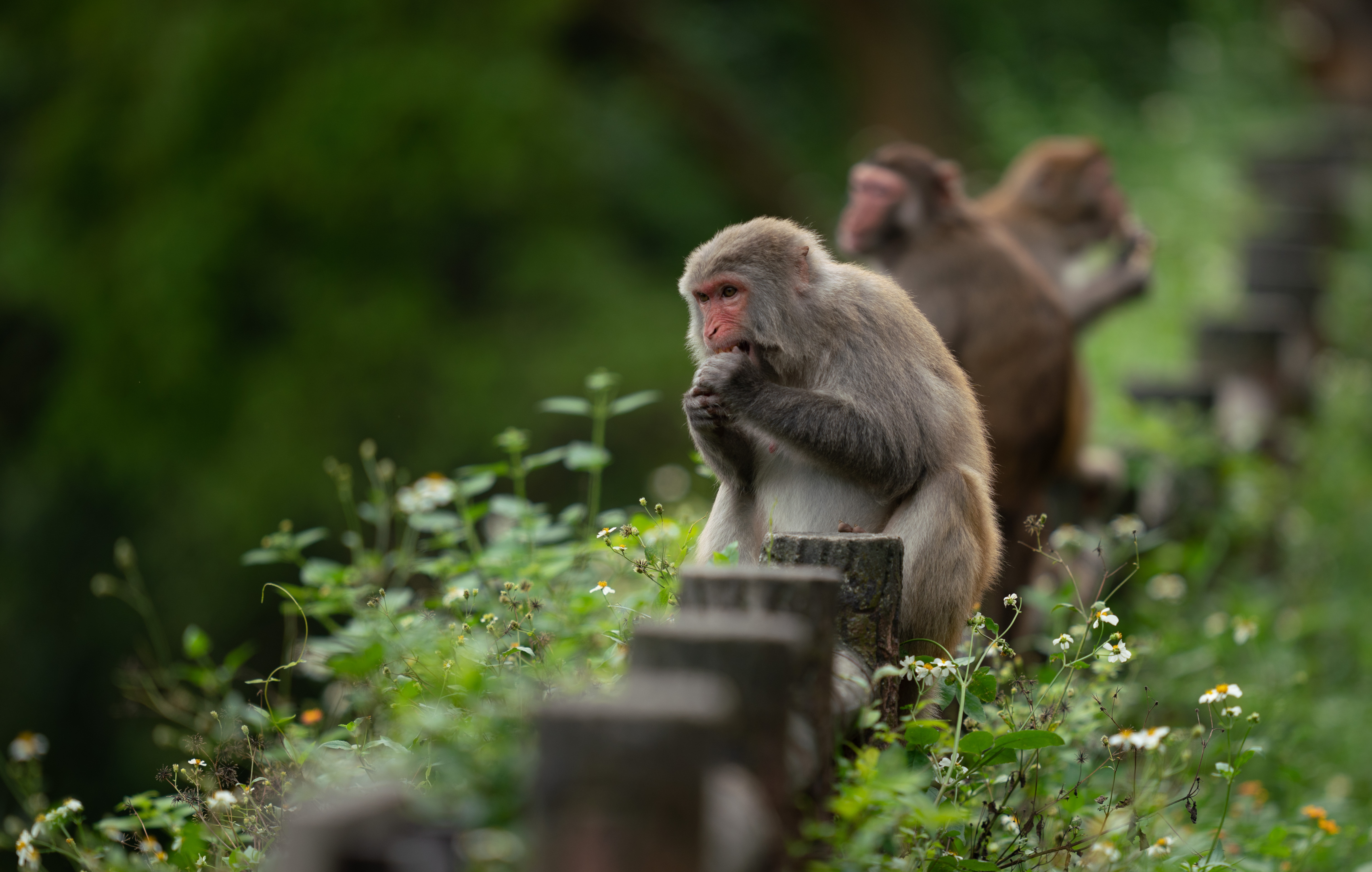
In Florida, the monkeys typically maintain a safe distance from humans, even though they inhabit areas frequented by people. However, when enticed with food, these populations can exhibit aggressive behavior. At Silver Springs State Park, it’s common to see monkeys hissing and swiftly retreating when visitors approach. There have been instances where the tourist attraction park had to cease its operations due to confrontations with the resident monkey colonies.
In other locations, monkeys often sift through garbage in search of food when no humans are around, but they make a hasty getaway once they’re spotted. Some places, like Monkey Jungle, have seen monkeys becoming somewhat accustomed to human observations, even though they are generally left undisturbed.
As these monkey populations continue to grow, they also expand their territory. Rhesus macaques, for example, have been observed near Jacksonville, over a hundred miles from Silver Springs State Park.
Florida’s Resilient Monkeys: A Call to Preserve Nature’s Delicate Balance
Florida’s wild monkeys add an intriguing and wondrous dimension to the state’s diverse ecosystems. Their presence tells a story of how human history, environmental factors, and the astonishing adaptability of these creatures intersect.
Despite the unconventional origins of these monkey populations, they’ve managed to survive and thrive in Florida’s subtropical climates. This underscores nature’s remarkable ability to adapt.
However, it’s crucial to be aware that these monkeys are classified as invasive species in Florida, and this classification carries potential ecological consequences.
Exploring Florida’s wild monkeys provides a unique window into the resilience of the natural world and the coexistence of wildlife with human communities. It’s a gentle nudge to remind us of the vital role conservation efforts play in maintaining the delicate balance of ecosystems in the Sunshine State and beyond.
FAQs
What River in Florida Has Wild Monkeys?
In Florida, the Silver River within Ocala National Forest is where you can encounter wild monkeys.
Are There Natural Monkeys in Florida?
No, there are no naturally occurring native monkey species in the wild in Florida. The monkeys found in Florida result from introductions and escape from captivity, making them non-native and considered invasive species in the state.
Embrace the Sunshine! Embark on an Unforgettable Florida Journey with Florida Splendors!

